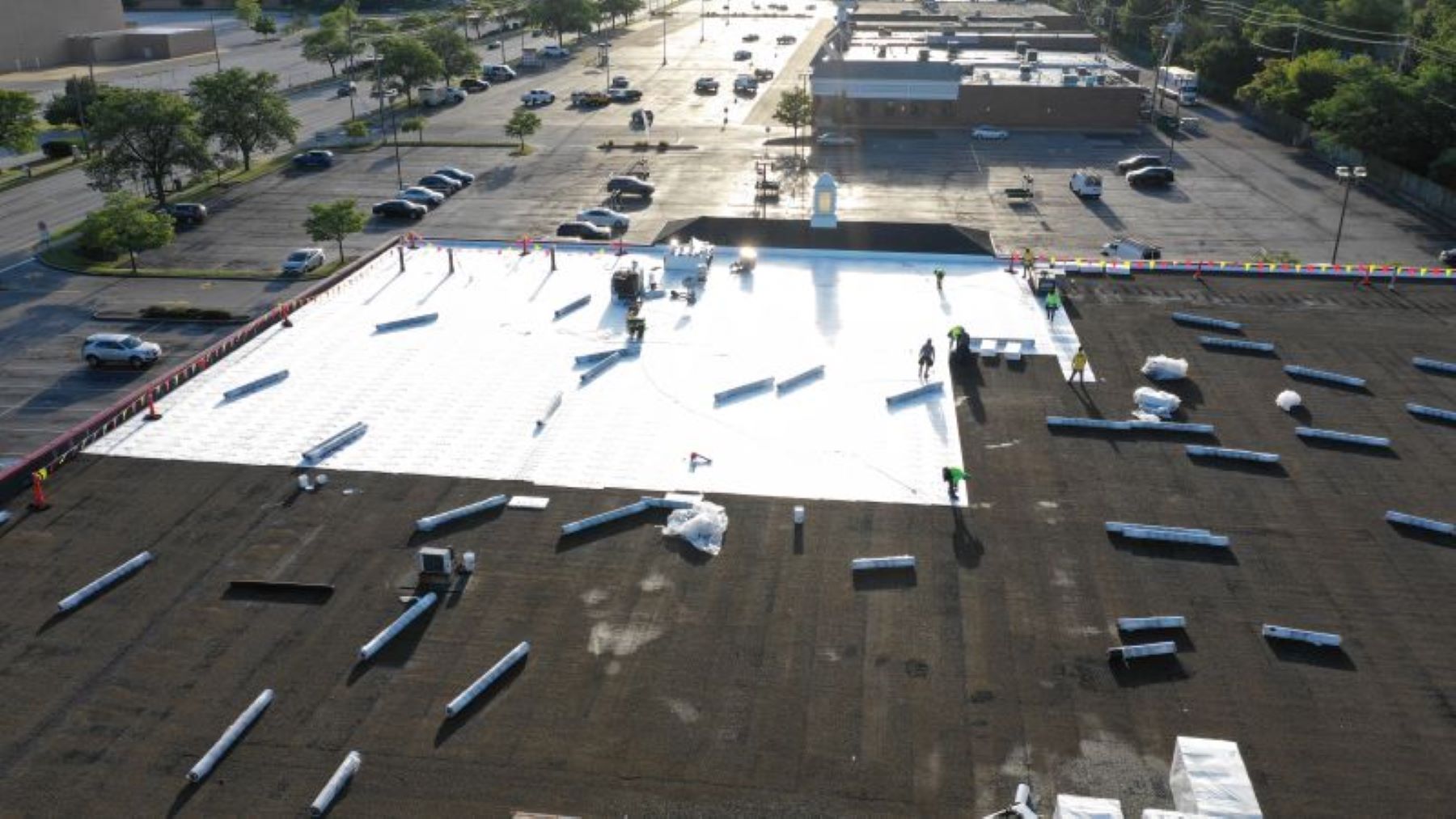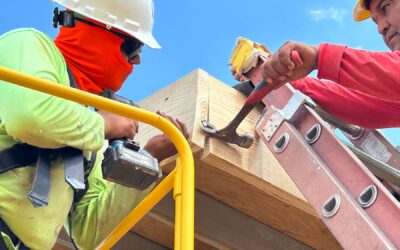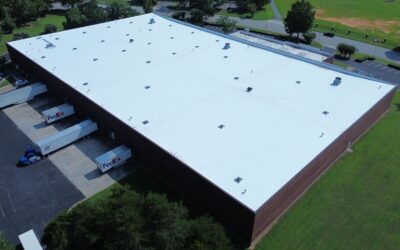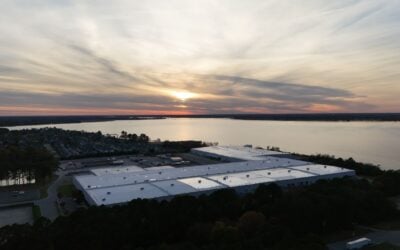Making an investment in a commercial roof requires careful consideration and professional consulting. Making an ultimate decision on a commercial roof type is a complex process that requires the consideration of several different factors. Parsons Roofing provides industry-leading expertise in consulting and construction and specializes in the application several different roof types. Here we will explain the benefits of some of the most common roof types in order to help you determine which is the most appropriate fit for your project. The most common roof type options are TPO, PVC, EPDM, Silicone Coatings, Modified Bitumen, Built-Up Roofs, and Acrylic Coatings.
TPO stands for Thermoplastic Polyolefin. This type of application is considered a roofing membrane, made of polypropylene and ethylene-propylene rubber polymerized together. TPO is an attractive choice for flat surfaces and provides excellent durability and flexibility. It is resistant to tears and punctures which makes it ideal for roofs with substantial amounts of foot traffic. Its ability to be flexible proves effective against unavoidable building shifting. TPO is energy efficient as its reflective properties help buildings retain lower interior temperatures. TPO has quickly become a choice favorite in the roofing industry based on its ease of application, cost-effectiveness, and reflectiveness.
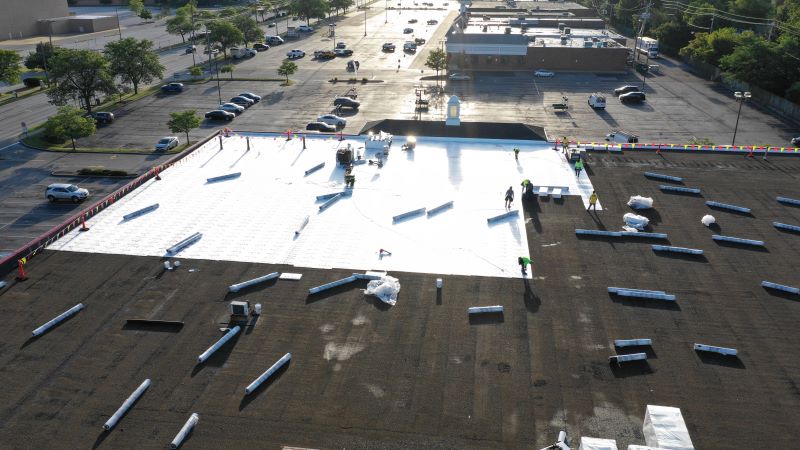
Like TPO, PVC is a single ply roofing membrane used on flat or low sloped roofs. Similar to TPO, PVC is a rolled membrane that can be mechanically fastened, fully adhered, or ballasted. It is a common roofing type due to its versatility. It is most used in restaurants because it is resistant to animal fats that come from the kitchen exhaust hoods. PVC is a cost-effective application and competes with TPO in the roofing membrane market.
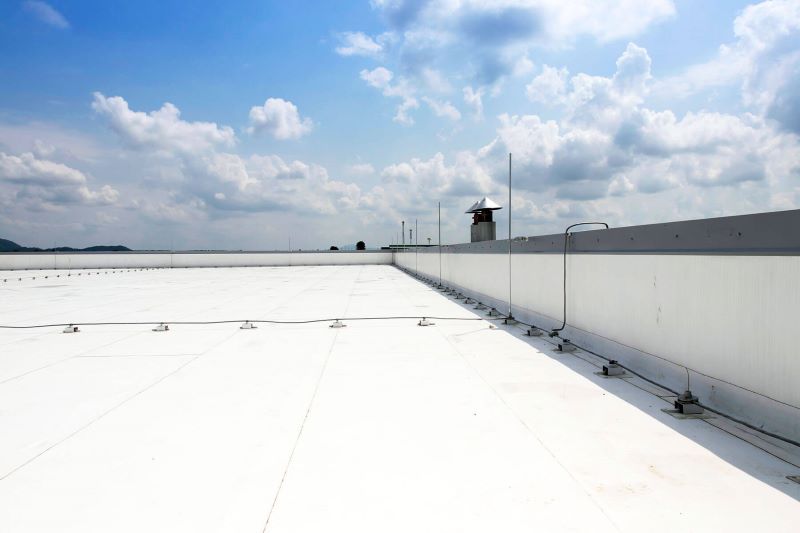
EPDM
EPDM became common in the 1980’s and is a single-ply membrane like TPO and PVC. EPDM is the same material that inner tubes are made of. It provides an excellent puncture resistance. However, EPDM has many flaws. The seams are glued together unlike TPO and PVC, which are chemically bonded with heat. EPDM seams tend to fall apart over time, which is the main source of leaks on that roof type. Also, most EPDM is black, and it absorbs a lot of heat from the Sun. This type of roofing is becoming more obsolete as time passes.
Silicone Roof Coatings
The application of Silicone Roof Coatings has become an increasingly popular alternative solution to roof repair and even replacement. This cost-effective substitute for membranes allows for a noninvasive solution that saves clients time and money. Silicone coatings carry warranties that are favorable to single-ply membranes because they do not have exclusions for ponding water. They are the ONLY UV stable roofing system, which means that they do not deteriorate ever. The downside to silicone coatings is that they cannot be applied over rough surfaces such as ballasted roofs or tar and gravel. Also, if there is moisture in the existing roof insulation it must be alleviated before a coating can be applied.
Modified Bitumen Roofing
Modified Bitumen Roofing is designed for flat or low-sloping roofs but is an asphalt-based product. It features incredible durability and strength. There are two individual types that are common among roofs in the United States and in Europe. APP (Atactic Polypropylene), is a durable and flexible membrane that is applied with heat welding. This type of application creates a super-sealed, plastic-like membrane that resists wear and tear from the elements. SBS (Styrene-Butadiene-Styrene), is another membrane applied with the use of heated asphalt or a cold adhesive creating a rubber-like membrane. This type of membrane requires the application of a coating to protect against UV rays. Modified Bitumen roofs are still very popular in the northern/colder regions of the United States because they are very thick and provide excellent resistance to snow and cold weather.
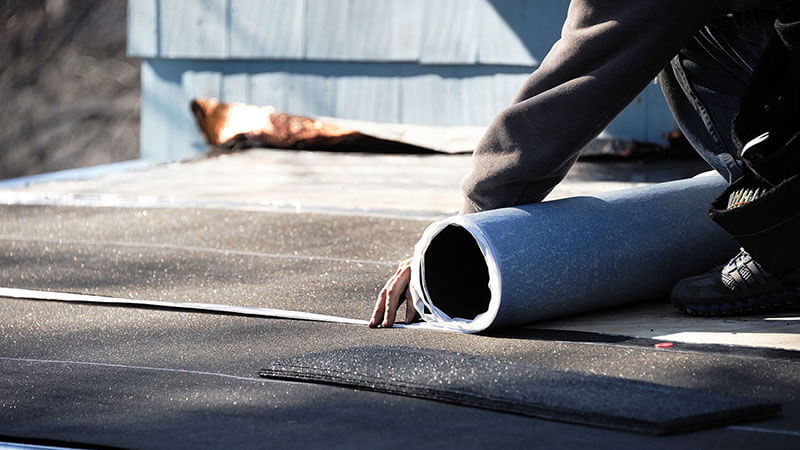
Built-Up Roofs
In the mid-20th century, there was only one type of roofing system, built-up roofs (BUR’s). Many buildings still have BUR’s on them today because of how long they last. BUR’s are created by using hot tar and felt. BUR’s are rarely installed anymore in our region, but they are still a necessary system to know because they are commonly called on when in need of repair. Due to the cost and danger of application, BUR’s are a system of the past.
Acrylic Roof Coatings
Acrylic coatings were the first reflective elastomeric coatings to become widely used. Although they do have their place, Acrylics are flawed when compared to silicone coatings. They do not withstand any ponding water and deteriorate in UV light, unlike silicones. Acrylics are best suited for sloped metal roofing projects with lower budgets. They will last for 5-10 years normally before they need to be re-applied.
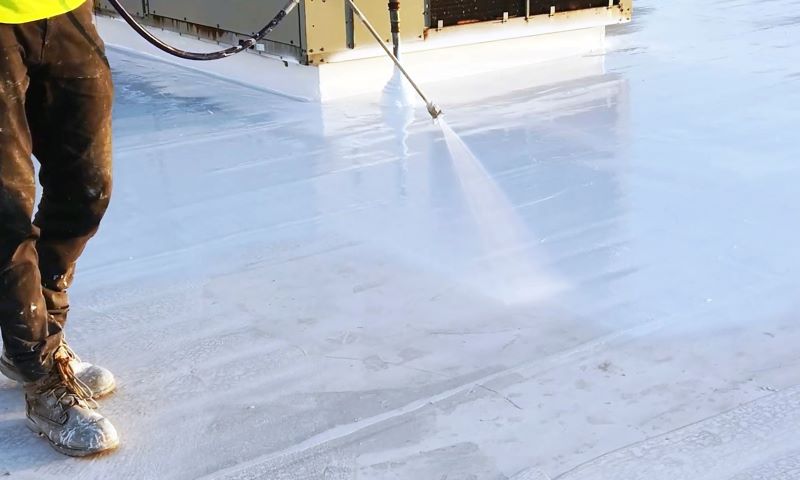
When we evaluate a roof, we do not come with a pre-conceived idea of what system you should use. We will always give our best opinion on what is right for your situation.

